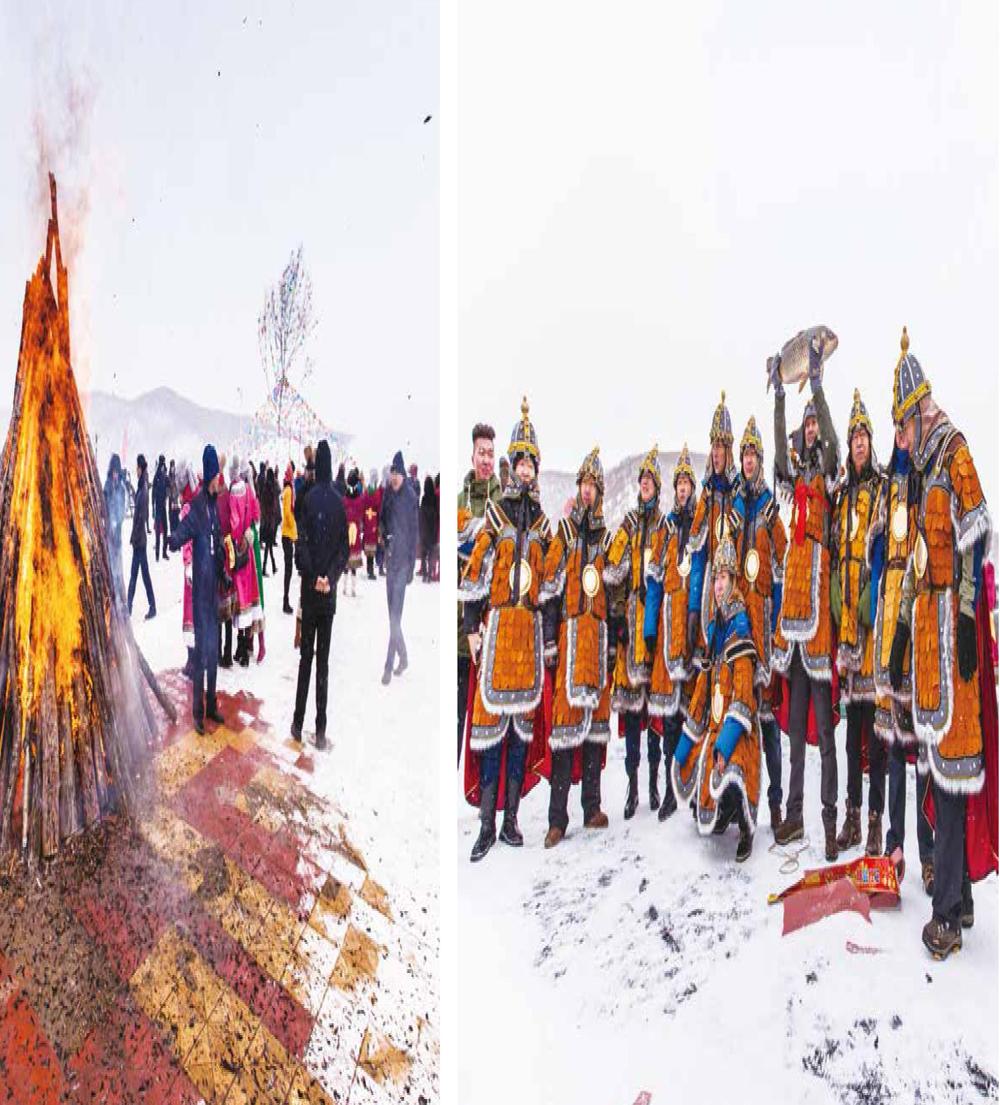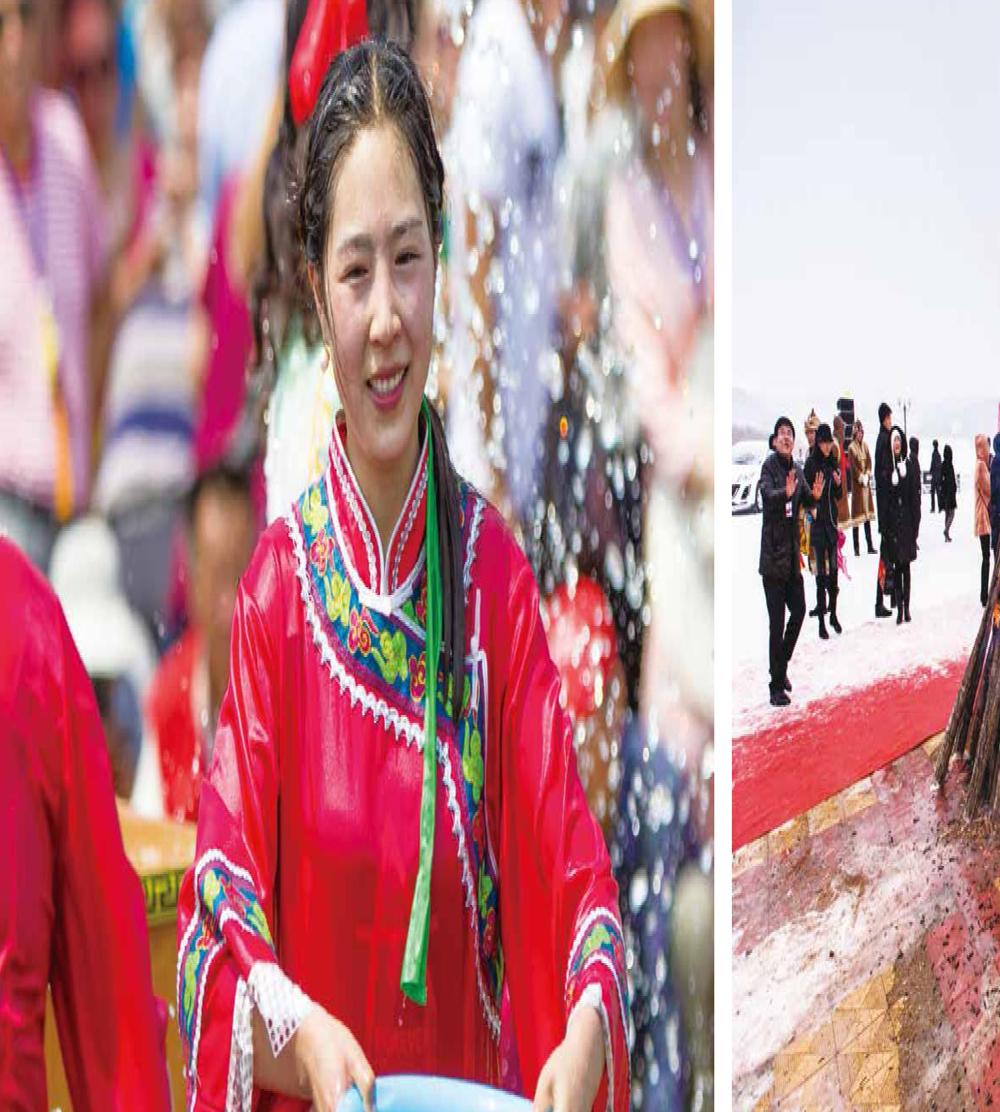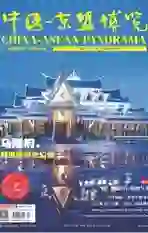Daur: Energetic Guardian of Brilliant Civilization
2021-03-15MoTingting
Mo Tingting



In north China, there is a vibrant ethnic group. They are recognizable by their high and pronounced cheekbones. They have always been known for their valiancy and skillfulness in battle. Ever since ancient times, they have done well in playing field hockey. Girls usually marry when their age is at an odd number. If they marry at an even numbered age, it will be regarded as inauspicious. On the 16th day of the first month of the lunar year, black ash will be applied to their faces to predict auspice. They are Daur people, and the word “Daur” means “cultivator”.
Hometown of field hockey
The Daur people are descendants of Khitan who moved to Chinas western region in the early Qing Dynasty (1644-1911). The biggest Daur community is in the Morin Dawa Daur Autonomous Banner set up on August 15, 1958, on the left bank of the Nenjiang River in Heilongjiang Province.
Once, hunting was the premier activity of the Daur people. Over centuries, they accumulated a lot of knowledge and experience in regard to hunting and used a variety of techniques and tools, including snares, traps, burying arrows under the earth, and eagle hunting.
In addition, the Daurs have been playing a field-hockey-like game for a long time. According to historical data, a sport called “hitting a ball while running”, which is similar to the present sport — field hockey, was very popular in the Tang Dynasty (618-907). Later, this sport was almost “extinct” in most parts of China. It is fortunate that such a field hockey tradition has been inherited from one generation to another in Daur regions. The game, called “Beikuo”, is played with long tree branches that have been sanded smooth, and a knobby ball made from an apricot root. The stem of the stick used in traditional Beikuo is about one meter long, mostly made of oak wood bent at the bottom. The traditional game of Beikuo is played in traditional Daur clothes — boots, silk pantaloons, pointy hat and long silk robes belted with a sash.
According to the original way of playing, goals are scored by simply hitting the ball beyond the boundary line at each of the fields that each team defends. To describe a game played by men in their 60s, 70s and 80s, Charles McGrath wrote in the New York Times: “They played a game that in some ways resembled street hockey. They dribbled the ball with both sides of the stick, and shouldered and interfered with one another far more than would be allowed in field hockey. They also laughed and shouted more than at a hockey game of a sort. At the end of two periods of roughly 15 minutes, they came off the field barely puffing, even though it was a warm evening, and instead of looking for water, a number of them had a smoke."
Beikuo game is often a highlight of Daurs festivals and celebrations. At night, sometimes the game is played with a burning fireball. Some flammable materials like pine torches are stuffed into a hollow ball, or a felt ball dipped into some combustible materials like oil. Lighted at the face-off, the ball turns into a small fireball in the blowing wind. The two sides fiercely compete against one another. The burning and glowing fireball shuttles back and forth in the dark sky, making bright curved lines one after another. It is a splendid sight.
Black ash on face, bad luck to go
In addition to its fierce Beikuo game, Daur people also offer other distinct cultural experience. They manage to keep their various traditions alive and pass them down from generation to generation. Bizarre festivals of the Daurs are undoubtedly temptations for you.
The Daur people enjoy many festivals within a year, such as Butong Festival, Spring Festival, Black Ash Festival, Lantern Festival, Dragon Boat Festival, Mid-Autumn Festival, and so on.
Spring Festival, called “Ah Nie”, is the primary one for the Daurs. Women get up early to prepare the food, including dumplings. After eating breakfast, the men go to pay a New Year call to the towns seniors. On entering a house, guests will take off the lid of the pan to eat the steamed cakes and praise the most delicious one. These activities last for five days. Meanwhile, women send gifts to the old men and friends, and girls quietly give items they made by themselves to the boys who take their fancy. There is much amusement during this time. During the Ah Nie, people enjoy themselves as much as they like. Women, who are not good at sewing works, gather in a large room and perform folk dances. Children play special games. Callans play field hockey. Hanbo Dance is an indispensable part of the celebration. The dance is sometimes slow and leisurely, sometimes fast and joyous.
Spring Festival activities will not come to the end until the 15th day of the first month on the lunar calendar. On the 16th day, hard-working Daur people are ready to go out hunting or prepare for cultivation. This particular day is named “Huowuduru”, that is, “Black Ash Day” by the Daurs. The senior of each family get up early in the morning, and then put on each ones forehead with a black dot. The young people, with their hands coated with a mixture of oil and black ash from the bottom of a pan, try to apply it to others faces, making a lot of fun. As a result, this morning, the faces of boys and girls are usually shiny black. The blacker the face is daubed, the luckier year people will have as the Daur people believe that this kind of entertainment of blacking face represents happiness, and predicts continuous good fortune in the coming new year. Nowadays, young people do so to express love to others. Its extremely popular or preferred by young people. Its extraordinarily exciting air attracts thousands of people every year. Now, Black Ash Day, the brightest time of the year, has become the day to wish for happiness and auspiciousness.
